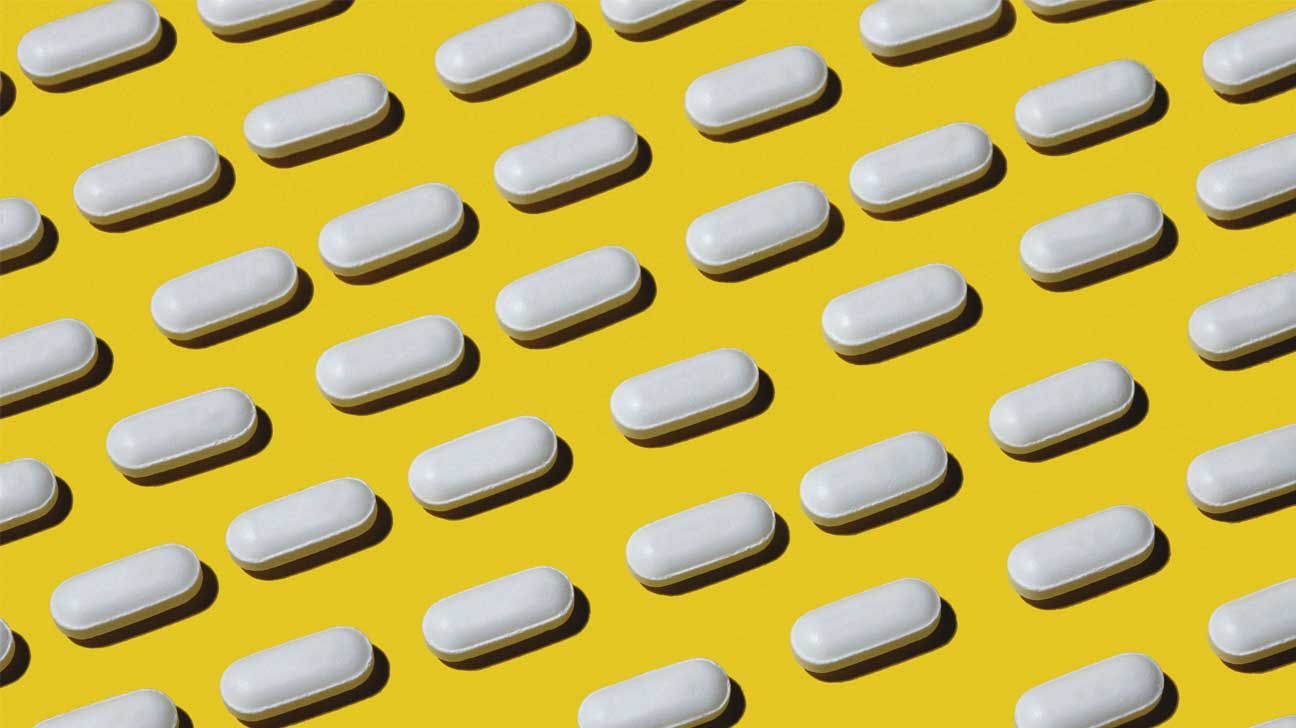Johnson & Johnson and Allergan are now testing new drugs for depression that are based on ketamine. There are still safety concerns.

Johnson & Johnson is currently in phase III trials of esketamine, which is a mirror image of ketamine’s chemical structure. It’s being developed in a nasal spray formulation.
A representative for Johnson & Johnson told Healthline the company is currently seeking approval for the drug to treat people with treatment-resistant depression and those at imminent risk of suicide.
Treatment-resistant depression is a subset of depression that doesn’t respond to at least two different drug interventions.
Allergan is developing the drug rapastinel. It’s chemically different from ketamine but works in a similar way in the brain.
The company has completed phase II trials for the drug and is expecting the results of their phase III trials next year.
“Rapid-acting therapies have the potential to be game-changing in the treatment of depression, an area where patients are in desperate need of new options. Our studies so far demonstrated rapid onset of efficacy within one day, which lasts days after a single dose and a low potential for abuse,” said David Nicholson, PhD, Allergan executive vice president and chief research and development officer, in a statement to Healthline.
Both esketamine and rapastinel have been granted “breakthrough therapy designation” by the U.S. Food and Drug Administration (FDA).
The designation is a fast-track approval process given to drugs intended to treat a serious condition and that demonstrate substantial improvement over currently available therapies.
The ketamine factor
Research into ketamine as a breakthrough treatment for depression has exploded in recent years.
Initially developed to treat pain and approved by the FDA in 1970, the drug was first used by U.S. soldiers during the Vietnam War.
Scientists didn’t discover the drug’s potential to treat depression for almost 30 years. Researchers began to publish reports in the year 2000.
Since then, interest has only continued to grow.
A recurring problem for antidepressants is that they’re slow to act. Most of them take at least two weeks before people feel any of the effects.
Ketamine and similar drugs are fast acting, with some people feeling changes in mood within minutes.
A number of risks
However, using ketamine and similar drugs aren’t without risk.
In fact, for many years, ketamine has garnered a reputation as a powerful narcotic club drug, capable of rendering users incapacitated.
Thus, concerns around ketamine are abundant for both safety, potential misuse, and diversion into the black market.
Even when taken therapeutically, people report dissociative symptoms, which can feel like being disconnected from one’s body or the outside world. The drug can also cause hallucinations.
“There’s been a lot of concern around oral ketamine, which has been prescribed for people for pain. There is a serious concern for abuse there,” Ishak said. “People take it to get high to get those dissociative feelings and hallucinations if they take higher doses. So, I think that’s definitely a serious concern.”
Safety needs to be considered
Ketamine and rapastinel are administered through IV infusion. These and esketamine’s nasal formation are only given under supervision.
People aren’t simply given a prescription and sent home.
The FDA’s final approval of esketamine and rapastinel would have to take serious consideration of the drug’s safety and potential for misuse.
Finally, if an orally administered version of any of these drugs were developed, it would also have to prove that it’s both safe and effective.
“[These drugs] provide a whole new mechanism of action for antidepressants and a whole new way of administering that. Maybe there are ways to have oral administration become much safer so people can take it conveniently rather than under supervision,” Ishak said.
“So, there are a few promising things in it that if they take place, it could easily become a first-line treatment. If this is oral with rapid onset of action, I can tell you this is something I’d prescribe as a first line and not wait until we exhaust two or three trials of other medicines,” he said.